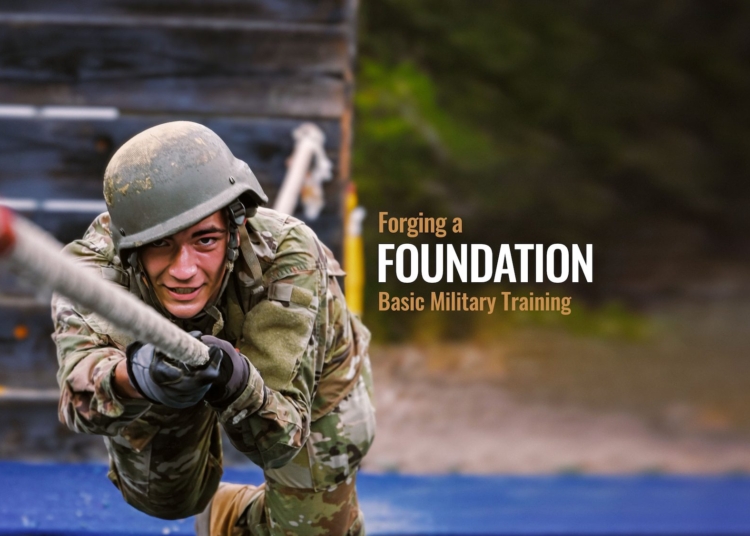Adapting to the Digital Age: Modernizing Military Training Resources
The advancement of technology has brought significant changes to military training resources. Traditionally reliant on physical materials, the shift towards digital training resources has proven advantageous. Utilizing HTML, the standard markup language for web pages, offers a range of benefits for military training.
HTML headings allow for the effective organization of content, making it easier for trainees to navigate and understand the material. Interactive training modules, such as forms and quizzes, can be created using HTML, enhancing the learning experience. Additionally, HTML offers scalability and accessibility, ensuring resources can be accessed across a range of devices.
Embracing technology in military training resources is vital in preparing personnel for the challenges of the digital age.
Adapting to the Digital Age: Modernizing Military Training Resources
In the modern age, technology has permeated every aspect of our lives, and the military is no exception. One of the key areas where technology has made a significant impact is in the realm of training resources. Traditionally, military training has relied heavily on physical resources such as books, manuals, and physical drills. However, with the advancement of technology, there has been a shift towards digital training resources that offer numerous advantages including accessibility, interactivity, and scalability.
In order to effectively modernize military training resources, it is essential to adapt to new technologies and utilize them to their fullest potential. One such technology that has proven to be highly effective is HTML, the standard markup language for creating web pages. By leveraging HTML, military training resources can be made more interactive, accessible, and scalable, ultimately leading to more effective and efficient training programs.
HTML Headings: Organizing Training Resources
One of the key benefits of using HTML in military training resources is the ability to effectively organize content using headings. Headings are an essential part of HTML markup and are used to structure the content of a web page. By using headings, training resources can be organized into logical sections, making it easier for trainees to navigate and understand the material.
For example, a training manual that covers various tactics and strategies can use HTML headings to divide the content into specific sections such as “Basic Tactics”, “Advanced Strategies”, and “Field Exercises”. This makes it much easier for trainees to find the information they need and navigate through the material in a structured and intuitive manner.
Interactive Training Modules
Another advantage of using HTML in military training resources is the ability to create interactive training modules. HTML provides the foundation for creating interactive elements such as forms, quizzes, and multimedia content. This can significantly enhance the learning experience for trainees by allowing them to actively engage with the material.
For example, a training module on weapon maintenance can include interactive elements such as a step-by-step guide for disassembling and cleaning a weapon, along with quizzes to test trainees’ knowledge. This not only makes the training more engaging but also provides a more effective method of learning by doing.
Scalability and Accessibility
HTML also offers scalability and accessibility, two crucial factors in modern military training. By using HTML, training resources can be easily accessed and viewed across a wide range of devices including desktop computers, tablets, and smartphones. This ensures that trainees can access the material anytime, anywhere, without the need for specialized software or equipment.
Additionally, HTML allows for the creation of responsive web pages that can adapt to different screen sizes and resolutions, making the training resources accessible to a wider audience. This is particularly important for military training, where trainees may be deployed in various locations with limited access to traditional training materials.
Conclusion
In conclusion, the modern era presents a wealth of opportunities for modernizing military training resources through the use of technology such as HTML. By leveraging HTML headings, interactive modules, and responsive design, military training resources can be made more effective, accessible, and engaging. This ultimately leads to better-trained and more prepared military personnel, capable of meeting the challenges of the digital age. As technology continues to advance, it is vital for the military to adapt and embrace these new tools in order to maintain a strong and modernized force.












